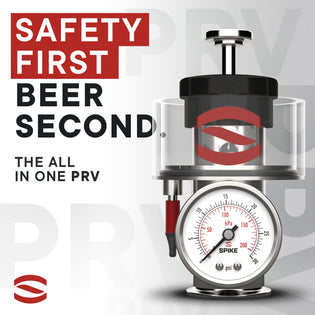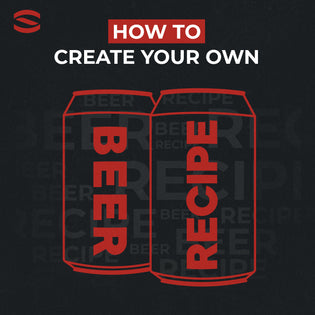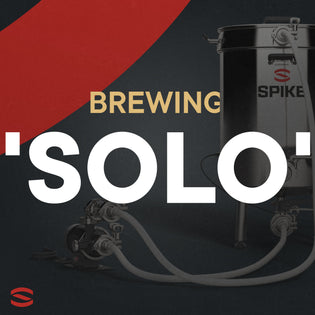
In most brewing circles, either professional or home brewing, it is all about dry hopping. What technique works best? Pellets or leaf? How long before transferring off the hops? When to dry hop? And the list of questions can go on for a lagering length of time. And to be honest, there are no “best” ways as my friend, Van, and I discovered through separate experiments. But through this discovery, I came up with some tips that can help get the most out of your dry hopping experience.
Tip 1: Pellets over leaf
I like whole leaf hops. There is something historical and refreshing using whole leaf throughout the brewing process. But in order to get the desired effect of the dry hopping, whole leaf hops need to be fresh and you will use more of them. Also, along these lines, there are fewer varieties that are offered in whole leaf form. Most hops now are bound to be pelletized.
Tip 2: Timing does not matter
When you decide to dry hop really does not matter as much as one would think. I have experimented with fermenter hopping, hopping during primary, and hopping in the secondary. All three have very similar effects as we have found out in trial studies. Fermenter hopping is done at cooling into the fermenter, when pellet hops are added at the beginning of primary. The downfall of this is that the yeast is rendered useless for repitching. During primary hopping is added with 75% of fermentation completed. Again, this would render the yeast useless for repitching unless you have an open fermentation tank and are top cropping your yeast. Finally, at the end of fermentation or in a secondary is the final option. Again, all three have very similar final outcomes, so decide based on your yeast harvesting decisions.
Tip 3: Do not let the beer sit on the hops for more than 5 days of non-active fermentation
If you choose to do fermenter hopping, take the beer off the hops and yeast no more than five days after primary is done. The downfall of this method is if you choose a yeast that is susceptible to diacetyl you will have to do a longer diacetyl rest. The same goes for mid primary hopping. As you may have guessed, secondary hopping is the best for yeast cropping and for the elimination of diacetyl.
In most brewing circles, either professional or home brewing, it is all about dry hopping.
I have tried all three methods on a commercial scale with much success. It all boils down to how patient you are. Do you want to drink it right now? Or can you wait for the beer to finish and let the finished product sit and develop? That decision is up to you. Just remember, once it is done, gather some friends and drink that beer fresh. The hops will not last forever.
Corey Blodgett
Header Brewer at Gathering Place Brewing Company
Milwaukee, WI










